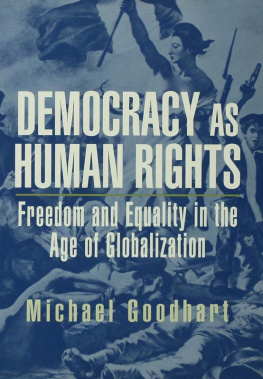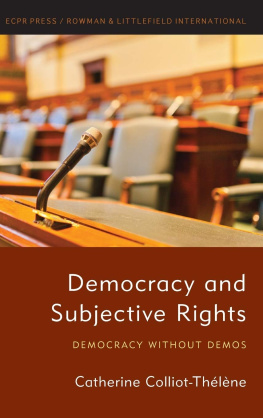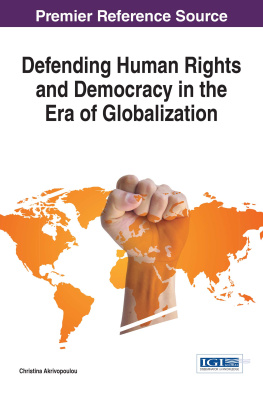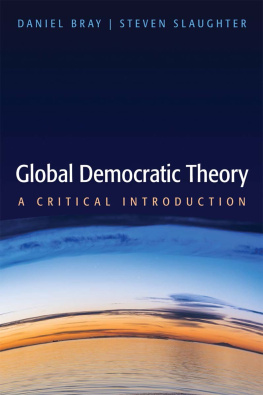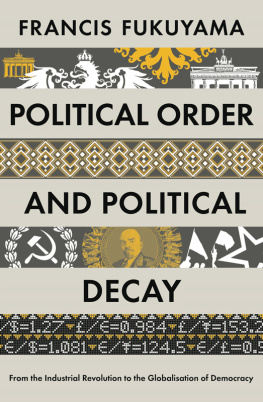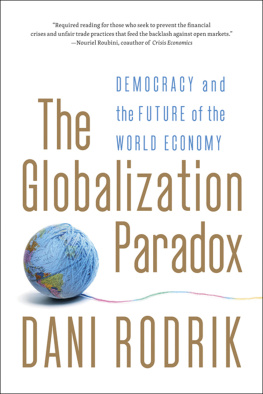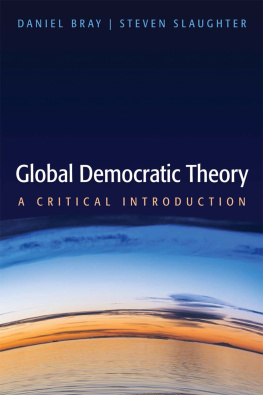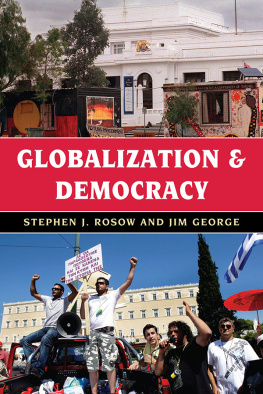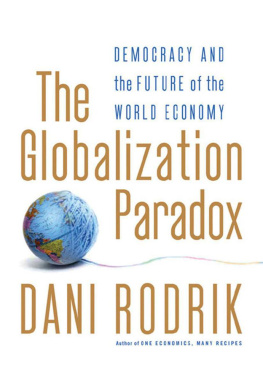| Published in 2005 by | Published in Great Britain by |
| Routledge | Routledge |
| Taylor & Francis Group | Taylor & Francis Group |
| 270 Madison Avenue | 2 Park Square |
| New York, NY 10016 | Milton Park, Abingdon |
| Oxon OX14 4RN |
2002 by Taylor & Francis Group, LLC
Routledge is an imprint of Taylor & Francis Group
Printed in the United States of America on acid-free paper
10 9 8 7 6 5 4 3 2 1
International Standard Book Number-10: 0-415-95177-1 (Hardcover) 0-415-95178-X (Softcover)
International Standard Book Number-13: 978-0-415-95177-7 (Hardcover) 978-0-415-95178-4 (Softcover)
Library of Congress Card Number 2005003045
No part of this book may be reprinted, reproduced, transmitted, or utilized in any form by any electronic, mechanical, or other means, now known or hereafter invented, including photocopying, microfilming, and recording, or in any information storage or retrieval system, without written permission from the publishers.
Trademark Notice: Product or corporate names may be trademarks or registered trademarks, and are used only for identification and explanation without intent to infringe.
Library of Congress Cataloging-in-Publication Data
Goodhart, Michael E., 1969-
Democracy as human rights: freedom and equality in the age of globalization / Michael Goodhart.
p. cm.
Includes bibliographical references and index.
ISBN 0-415-95177-1 (hb : alk. paper) -- ISBN 0-415-95178-X (pb : alk. paper)
1. Democracy. 2. Human rights. 3. Globalization. I. Title.
JC423.G63355 2005
 | Visit the Taylor & Francis Web site at http://www.taylorandfrancis.com |
| Taylor & Francis Group is the Academic Division of T&F Informa plc. | and the Routledge Web site at http://www.routledge-ny.com |
Acknowledgments
This book began as my doctoral dissertation at the University of California, Los Angeles; both the University and its Department of Political Science provided generous funding in support of research and writing. Brian Walker was always supportive and encouraging despite his reservations about certain aspects of the argument. Mick Mann and Ron Rogowski provided numerous helpful and insightful comments on successive drafts and somehow always found the time for engaging conversations about many of the topics covered here (and others as well). Carole Pateman's dedication and loyalty as a reader, critic, mentor, and friend have proven invaluable at every stage of the project's evolution, and her example of scholarly achievement continues to humble and inspire me. The revision and editing of the manuscript have been undertaken at the University of Pittsburgh, whose own Department of Political Science provides a congenial atmosphere for research; I am especially grateful to Fred Whelan and John Markoff for their comments and suggestions on several chapters.
Joan Tronto generously read the entire manuscript and offered enthusiastic support along with her incisive comments; Brooke Ackerly and Susanna Wing have read chapterssometimes on quite short noticewith sharp eyes and good cheer, and my collaborations with Brooke over the past few years have been challenging and fun. Andrew Lister and Dan O'Neill have read, and more importantly, argued with me on innumerable occasions about some of the central claims in the book, pushing me to clarify and deepen my argument in ways that make it stronger than it could ever have been without their (insistent) probing. Susanna, Andrew, and Dan have also commiserated with me over a range of anxieties, professional and otherwise; I am grateful for their friendship as well as their expertise. Rob Tempio at Routledge has been an enthusiastic advocate from the beginning, and the entire production staff has performed with great efficiency and effectiveness. My parents and sister have been supportive throughout this project (and all of my others), as has Deric Gerlach. Finally, Jamie Mayerfield undertook a careful, detailed, constructive, and remarkably insightful critique of the entire manuscript that has improved it from front to back.
Numerous other colleagues, many of them discussants and co-panelists, have read and commented on various chapters or otherwise supported this effort, including George Andreopoulos, Shelley Angelo, Zehra Arat, Daniele Archibugi, Roland Axtmann, Chuck Beitz, Fred Dallmayr, Amanda Dickins, Jack Donnelly, Steve Elkin, Michael Freeman, Lew Friedland, Mark Gibney, David Held, Peter Juviler, Stephen Kobrin, Nancy Kokaz, Andrew Kuper, Jane Mansbridge, and Henry Shue. Numerous valuable suggestions have come from audiences over several years; participants in the international conference Democracy, Community, and Social Justice in an Era of Globalization, held at the University of Denver in April 1998, and in the Democracy Collaborative Affiliates' Conference on the State of Democratic Practice, held at the University of Maryland in January 2002, deserve special mention.
Portions of appeared in an article published in Democratization. Though they are included here in substantially revised form, I thank those journals for permission to reuse that material. I have also received support from the Richard D. and Mary Jane Edwards Endowed Publication Fund at the University of Pittsburgh, which I gratefully acknowledge here.
Finally, Susan Hoppe has been a keen editor, trenchant critic, and unwavering friend. The debts I owe her can be acknowledged but never adequately expressed.
Introduction
The Tacoma Narrows Bridge opened in July 1940, linking the city of Tacoma to Washington's Olympic Peninsula. The bridge gained immediate renown for the undulating motion of its deck, which earned it the nickname Galloping Gertie; people came from near and far to ride the bridge. Engineers determined that unanticipated wind conditions in the Narrows, combined with certain design features of the bridge itself, were responsible for the wavelike movements. While no one seemed to doubt that the bridge was safe, studies were made into possible ways of mitigating the wind effects through structural modifications. But on November 7 of that same year high winds created unusual pressure on the structure, causing one of the main cables to shift slightly and allowing the bridge deck to move laterally as well as vertically. At around 11:00 a.m., several spans of the deck collapsed; images of the falling roadway and snapping suspension cables have been made familiar to generations of physics students through films shot by a University of Washington engineering professor who was studying the bridges movements. Subsequent structural analysis showed that tensions generated by the wind pressure had compromised the entire superstructure, which had to be torn down.
The story of the Tacoma Narrows Bridge is a good metaphor for democracy in the age of globalization, because globalization exacerbates previously unrecognized structural tensions within modern democratic theory and practice; while few observers predict imminent collapse, many agree that democracy's coherence and integrity have been severely tested, perhaps compromised.

